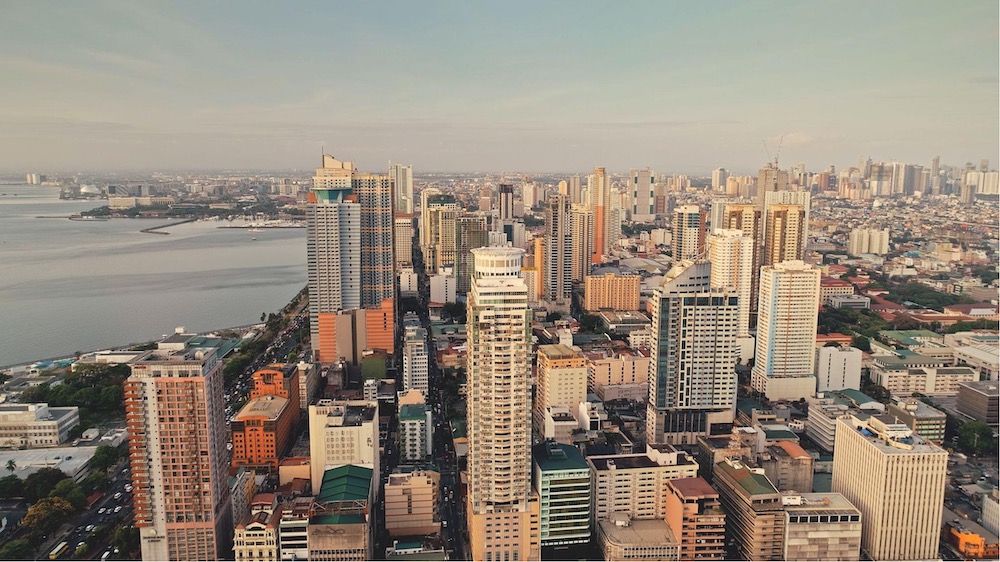Climate risk is projected to upend the conventional approach to valuing real estate properties. However, for many real estate investors, this is not a priority nor front of mind at the moment, especially for those with shorter holding periods. The main reason for this can be attributed to the perception that climate risk is a future problem and that an investor is smart enough to react before the risk materialises.
However, this can be misleading since climate risk exposure is current, near-term, and also for long-term. Climate change could potentially alter the value of real estate investments. And the same can be said for real estate investments and companies that own income-producing properties if they do not shift their investment strategies in response to growing risks.
What is Climate Risk?
Climate refers to the long-term average of the weather conditions in a given place. While the weather can change in minutes or hours, climate changes tend to take place over longer periods – ranging from decades to centuries. A changing climate introduces weather phenomena like increasing frequency or severity of hazards such as heat waves, storms, and forest fires. While long-term hazards, including rising sea levels and drought, are expected to intensify.
Since climate change is known to result in higher frequency and magnitude of natural calamity events, it comes as no surprise that floods in Southeast Asia have become more common. These floods have huge economic impacts, causing widespread damage to businesses and residential properties and disrupting the communities’ lives. Southeast Asia has more exposure to the effects of a changing climate than most due to its geographical location and global warming – cities situated at or below sea level, urban development and infrastructure often situated in flood-prone locations.
Impacts of Climate Risks on Real Estate
Weather-related property damage can significantly impact your bottom line. Not only are you potentially facing greater expenses each year, but as these weather-related calamities become incessant, properties in these areas will start losing their appeal. When owning a building or rental property, tenants will generally not want to live in weather-plagued locales and face the constant threat of the next natural disaster.
On the other hand, selling a property within a high climate-risk area could also mean receiving less of a profit, if not a loss. And that’s not just speculation anymore. As global temperatures continue to rise, climate risks are becoming a reality.
Real estate markets in ASEAN and worldwide have endured and been responsive to extreme weather events throughout history. However, as trends in extreme events continue to emerge, it is evident that these hazards are starting to have a direct monetary effect on property prices. This eventually poses a major financial risk to homeowners, mortgages, bank portfolios, and other wider financial systems. For instance, weather events like Super Typhoon Rai and the rise in the frequency of flash floods have caused significant property damage across Southeast Asia in 2021. In response to these physical climate hazards, insurers have begun adjusting insurance premiums upwards to compensate, resulting in financial challenges for potential and current property owners.
Climate risk also leads to a process of urban area selection whereby there is a greater demand for properties possessing climate-resilient traits like higher elevations. These factors are already driving up property prices possessing such traits compared to real estate that is more exposed to physical climate hazards. This ripple effect is also known as climate gentrification.
The Gap Between Asset Level and Market Risk
At this point, there is a gap in understanding how climate risks impact the long-term value of real estate assets. While some consider the various elements of the potential climate risk of real estate, concerted efforts to tie these elements together are yet to be made.
To properly understand the impact of climate risk on real estate, we must first identify the long-term value drivers. The standard input to a real estate property valuation formula includes factors like:
- Operational costs
- Capital costs
- Insurability
- Real estate taxes
- Terminal value
- Debt availability
Each of these components will be impacted by climate risks. For instance, if we’re looking at debt availability, banks will require a higher equity portion in the future or begin differentiating loan prices based on the location of the asset. On the other hand, the terminal value of the land may also decline if it is located in a high-risk area.
Property professionals are recommended to increase their awareness and build their capacity to understand climate risk and its dynamics better. Real estate investors should also look at the properties’ risk management and identify key metrics. The biggest mistake to make before investing in a property, the biggest mistake is to brush climate risk off as a mere compliance issue.





